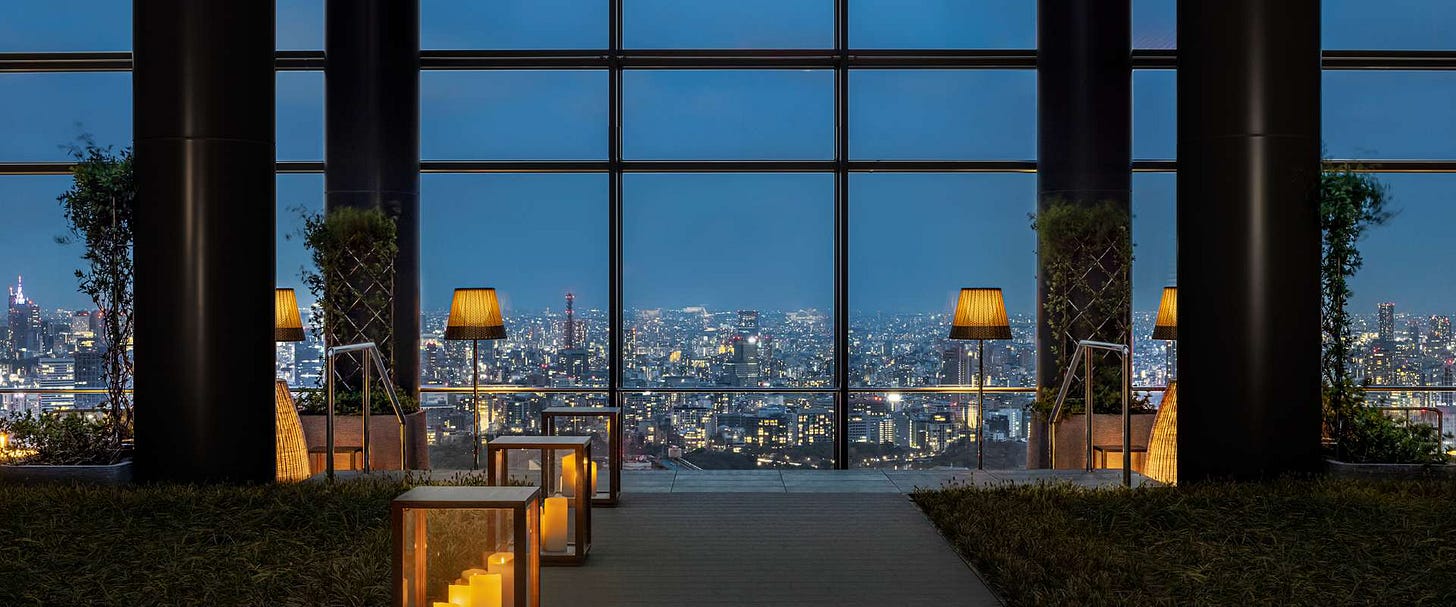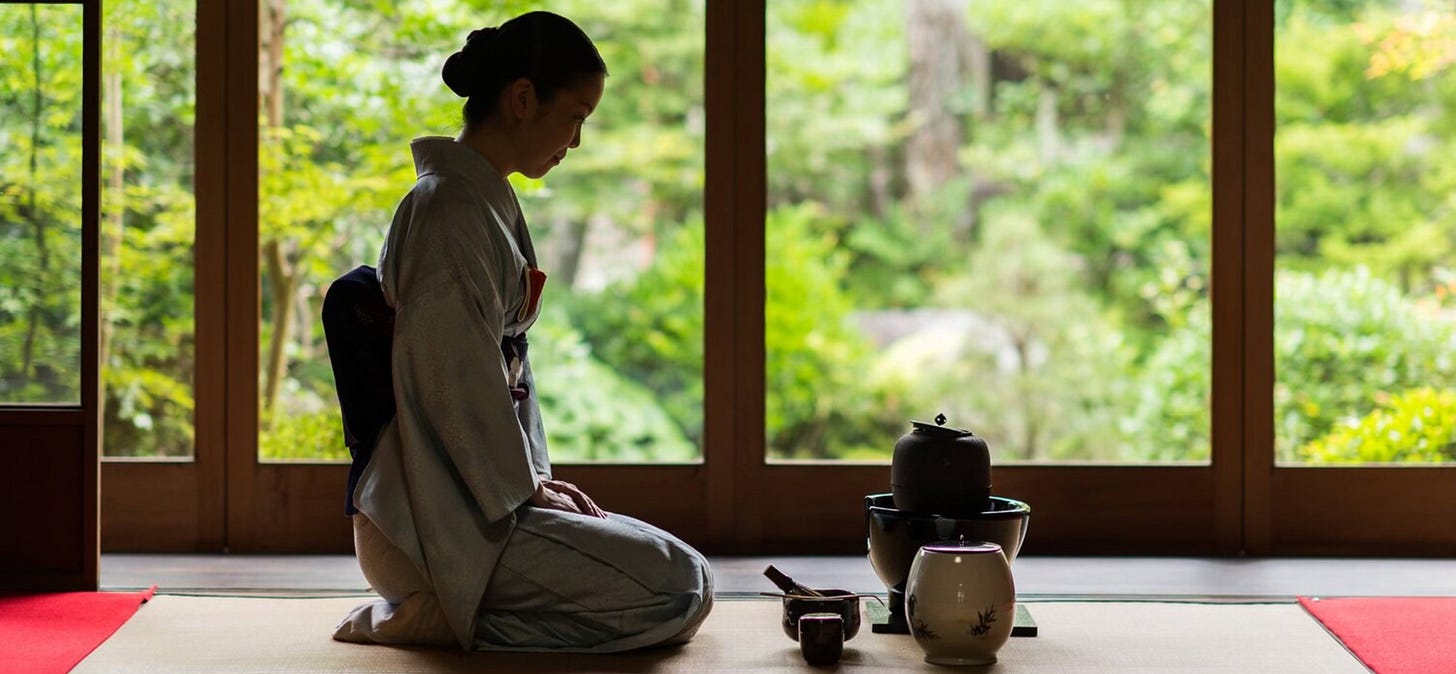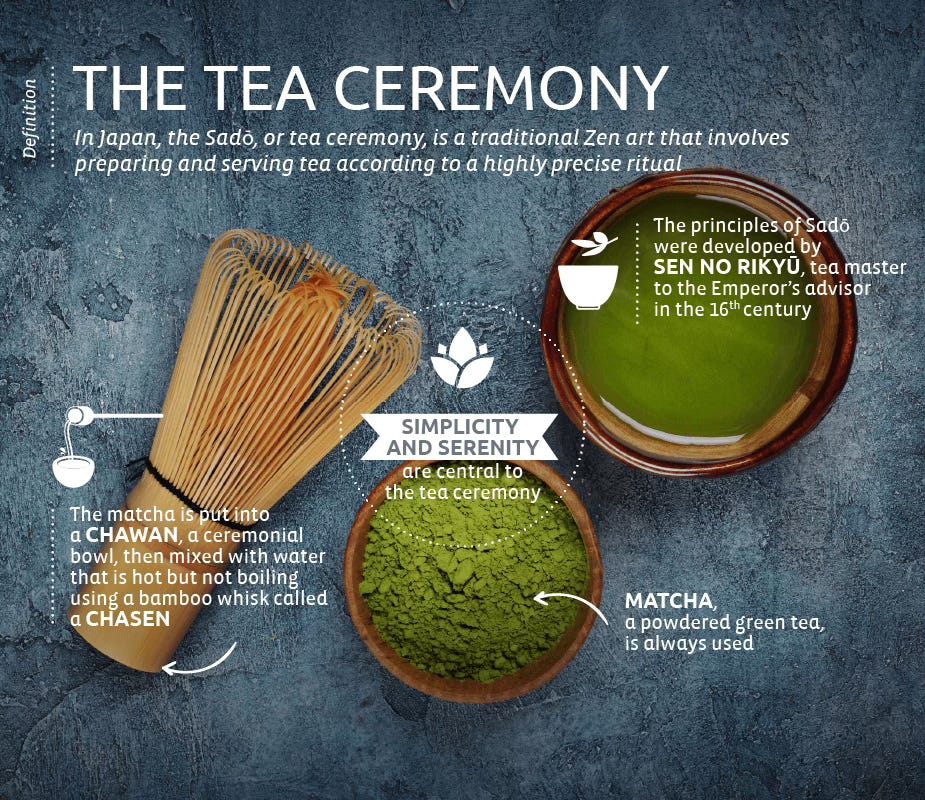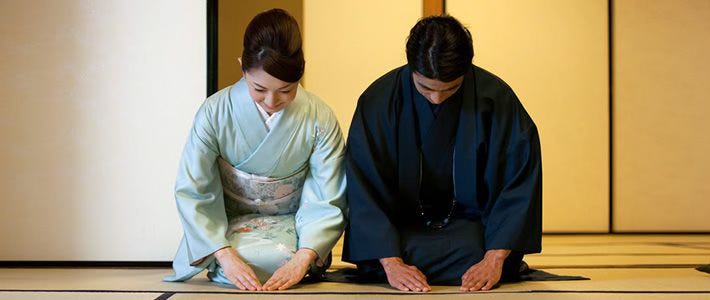The Key to Bulgari Hotel Tokyo
How Bulgari Locked the Prized Three Keys from Michelin
On July 4, 2024, the Michelin Guide unveiled the brand new One, Two, and Three Key accolades for the most exceptional hotels in Japan. I am delighted to celebrate one particular recipient, the Bulgari Hotel, Tokyo, which received the highest honor of Three Michelin Keys.
This recognition is a testament to the hotel’s unwavering commitment to hospitality excellence, attention to detail, and exceptional guest impression.
What is it about this achievement that fills me with such delight? Well, I’ve experienced firsthand the unsurpassed level of hospitality that is found in Japan. The fact that an Italian hotel group managed to scale the heights of hospitality in Jean is nothing short of So, that an Italian hotel group was able to attain the pinnacle of hospitality prestige within Japan is simply astounding. And although I’ve yet to encounter Bulgari Tokyo, I’ve indulged in the Bulgari Hotel Milan - a heightened level of hospitality. In a sense, I am not surprised at this accomplishment.
Ikebana: Expressing Harmony Through Service
During my travels in Japan, I had the opportunity to immerse myself in some of the country’s rich cultural traditions. At the time, I did not fully realize that I was learning the true art of hospitality from the traditions and culture of Japan.
My first visit landed me in Kyoto, the historical capital of Japan, to participate in the art of Ikebana. I was charmed by the techniques and symbolism behind the meticulous placement of each stem, leaf, and blossom.
I learned how Ikebana goes beyond mere floral decoration, serving as a means of expressing harmony with nature and the changing seasons. The instructor guided me through the principles of symmetry, minimalism, and the importance of finding balance and beauty in simplicity.
The season allowed me to curate with cherry blossoms, bamboo, pine, peonies, ruscus and maple. By the end of the class, I had created an arrangement that reflected the serene and contemplative spirit of this revered art form. Little did I know then that I was also learning aesthetic values of patience, attention to detail, and the art of hospitality.
Tea Ceremony: Learning Serene Focus
My second visit to Tokyo allowed me the opportunity to participate in a tea school, which was surrounded by a Zen Garden. It would take a lifetime of study to understand all the nuances of tea ceremony, a ritual of intention and quiet reflection.
I was enthralled by the choreography of movements by the tea master. Each gesture and placement of utensils imbued with centuries of tradition and meaning. The entire ritual unfolded with a sense of serene focus: every action calculated to create a memorable account.
Considered a meditational activity, there are phases of hushed and tranquility during the preparation followed by casual conversations and engagement about seasonal changes during tea service.
I’ve often reflected on the ceremony and how, over time, I developed an ability to remain in a state of focused ease during the height of service. My smile often trumped the urge to panic, even when the pressure of an event became overwhelming.
Omotenashi: Cherishing Companions
Omotenashi, the venerable Japanese philosophy of hospitality, stands as one of the most heartfelt and honorable practices of service. The essence of Omotenashi surpasses the mere act of hosting, for it initiates long before the esteemed guest arrives.
At its core, Omotenashi is the art of treating each individual as a cherished companion, anticipating their unspoken needs, and surpassing their expectations with a genuine, unwavering care. Through this holistic approach, the host seamlessly weaves a tapestry of comfort, anticipation, and genuine warmth, elevating the experience of the guest to a level of profound connection and satisfaction.
What struck me most was the way both the practices elevated into the extraordinary, transforming the simple acts of serving tea or arranging florals into sublime artistic performances. The same philosophy of infusing quotidian tasks with a sense of ceremony, beauty, and meaning is surely reflected in the work of Japan’s acclaimed chefs, hoteliers, and hospitality professionals.
My prior exposure to the philosophies of craftsmanship and proficiency within Japanese culture allowed me to draw meaningful parallels between my experiences in Japan and the Bulgari Hotel.
The pursuit of culinary perfection through a lens of artistry and esteem for one’s own culinary heritage can indeed transcend geographic and cultural boundaries.
The Key to Hospitality
The Michelin Guide factors in five key categories that greatly add to the traveler’s encounter: architecture and design, quality and consistency of service, overall personality and character, value for price, and a hotel’s significant contribution to the guest experience in a particular setting. Each of these elements are thoroughly vetted and meticulously evaluated.



Of course, when it comes to hospitality, my first consideration is the cuisine. And, I can attest to the fact that Niko Romito is a master.
Il Ristorante – Chef Niko Romito
From Abruzzo with three stars to his name, this visionary chef behind the signature Italian concept of his restaurant showcases their new summer menu using the finest local seasonal ingredients.
Botan Ebi Prawn: sweet shrimp, typically served raw as nigiri.
Kamo-eggplant: often considered an heirloom delicacy by chefs due to its deep color, sweetness, and creamy flesh.
Yamanashi peaches, Akaito Saffron (grade 1 saffron), Ise-ebi lobster (Spiny lobster) and award-winning Miyazaki Wagyu beef.
The space incorporates some of the finest Japanese design elements such as the curved wood ceiling, the menu, however, is classic Niko Romito, with its contemporary expression of authentic Italian cuisine. Chef Niko captures the elegance and artistry of his ‘Made In Italy’ approach.
An approach which I was fortunate enough to enjoy while in Milan.
An Heightened Hospitality Journey
In the balmy month of June 2022, our sojourn to the illustrious city of Milan led us to the resplendent first Bulgari Hotel opened in April 2004 and marked the entrance of the Bulgari Group.
It was a temperate June evening with a zephyr-like breeze caressing the air. We yearned for a table situated outdoors, facing the verdant, manicured gardens. It was a magical evening and I remembering making notes and wanting to share my post with all my family and friends, it read:
“Nicolo demonstrated Seva, by spending time to engage with us. He was enthusiastic in sharing his story on how much he enjoyed working in hospitality, his love for food, people, languages and most importantly wines. He is studying to be a sommelier and we had the pleasure of enjoying his recommendations. Nicolo’s energy warmed us, and just like that, we made a connection.”



As Nicolo shared his passion for viticulture, providing fascinating insights into grape varietals, winemaking techniques, and terroir of the Piedmont region. I was impressed by his ability to convey complex information in an accessible, engaging way, driven by clear purpose to educate and delight. His attentive, yet unobtrusive service exemplified Hotel Bulgari’s commitment to exquisite hospitality.
Housed within the Bulgari Hotel right in the heart of Milan and opposite an exclusive garden. Chef creates light Italian dishes with a contemporary feel. Trendy atmosphere and bar.
So, how did Bulgari Hotel Tokyo capture three keys? Bulgari has married their keen sense of design and refinement, with genuine hospitality: harmonized service, serene focus and cherishing their guests like companions…whether in Tokyo or Milan!








Another place to add on my bucket list!!